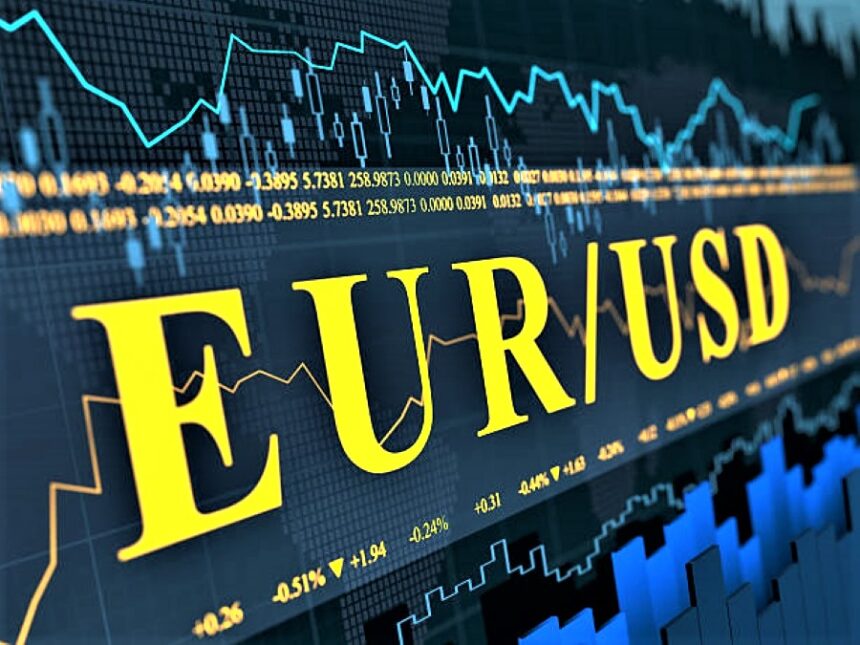EURUSD falls below 1.0700 as the Fed maintains its aggressive interest rate stance.
The EURUSD fell below the round-level support of 1.0700 during Wednesday’s American session. The major currency pair remains under pressure. As the Euro’s near term outlook deteriorates due to uncertainties around European Union (EU) legislative elections and increased speculation. That the European Central Bank (ECB) may slash interest rates further.
Fears about Eurozone elections grew when French President Emmanuel Macron called for a quick election. After his party suffered defeat in preliminary results. Marine Le Pen’s far-right National Rally (RN). If the shared continent experiences a significant policy shift, the Euro may face increased pressure.
Investors will focus on US core PCE and early inflation statistics for the Eurozone’s biggest markets.
Meanwhile, expectations for the ECB to deliver back-to-back rate cuts rise. As Germany’s economic outlook appears to deteriorate due to weak demand projections. On Monday, data showed that the German IFO Expectations index unexpectedly fell to 89.0 from 91.0 estimates. And the previous release of 90.3 (downwardly revised from 90.4). According to the statistics release, IFO President Clemens Fuest stated. “The German economy is having difficulty overcoming stagnation.”
This week, investors will be focused on preliminary June inflation data for Spain, France, and Italy. which will be released on Friday.
Daily Market movers: EURUSD falls as the US dollar rises.
comes under pressure as the US Dollar (USD) gains because to hawkish interest rate advice from Federal Reserve (Fed) policymakers, who continue to argue for preserving the existing interest rate framework because they want to see inflation fall for months before considering rate reduction. The US Dollar Index (DXY), which analyzes the value of the US dollar against six major currencies, surges above 106.00, a critical resistance level. In the United States (US), inflation fell more than predicted in May; yet, officials believe that a one-time drop in price pressures will be inadequate to justify rate decreases.
The Fed’s Bowman predicts no rate reduction this year.
On Tuesday, Federal Reserve Governor Michelle Bowman issued hawkish interest rate advice. Bowman stated that they are not at the position when rate decreases are reasonable. She Rate reduction are now expected to be delayed until 2025, with extra hikes possible if disinflation starts to halt or reverse.
Contrary to the Fed’s hawkish perspective on interest rates, investors anticipate two rate decreases this year, with the policy-easing process beginning at the September meeting. Investors will look for more clues about the interest rate outlook in the core Personal Consumption Expenditures Price Index (PCE) data for May, which will be released on Friday.
According to forecasts, the PCE inflation data will reveal that price pressures increased at a slower rate of 0.1% month on month, compared to the previous release of 0.2%. Annually, underlying inflation is predicted to grow marginally by 2.6%, up from 2.8% in April. Soft inflation statistics would strengthen anticipation of the Fed’s reduction Interest rates would rise in September, whereas higher-than-expected data would lower them.









